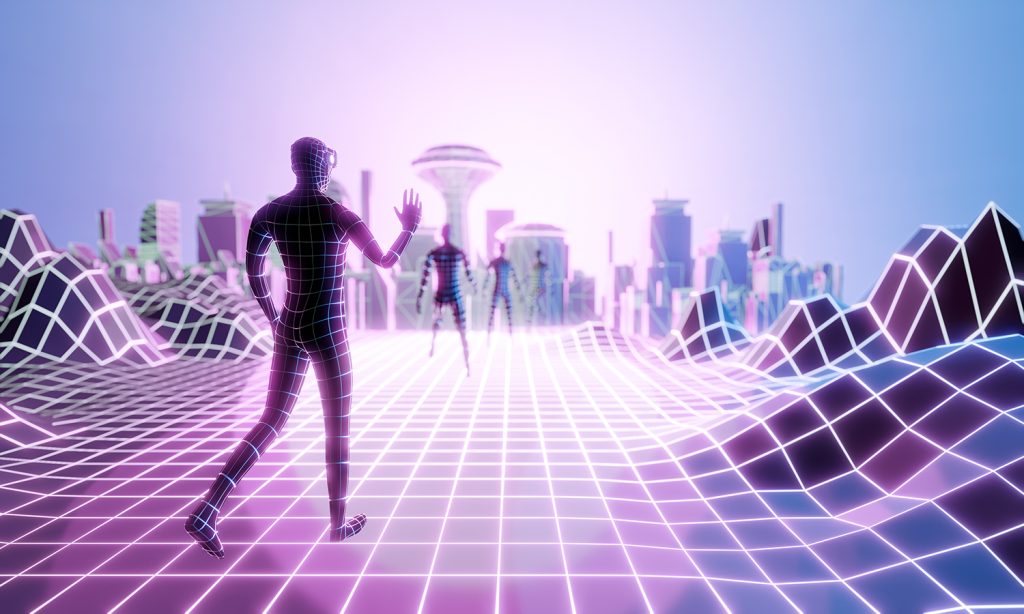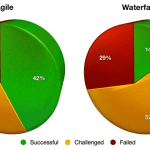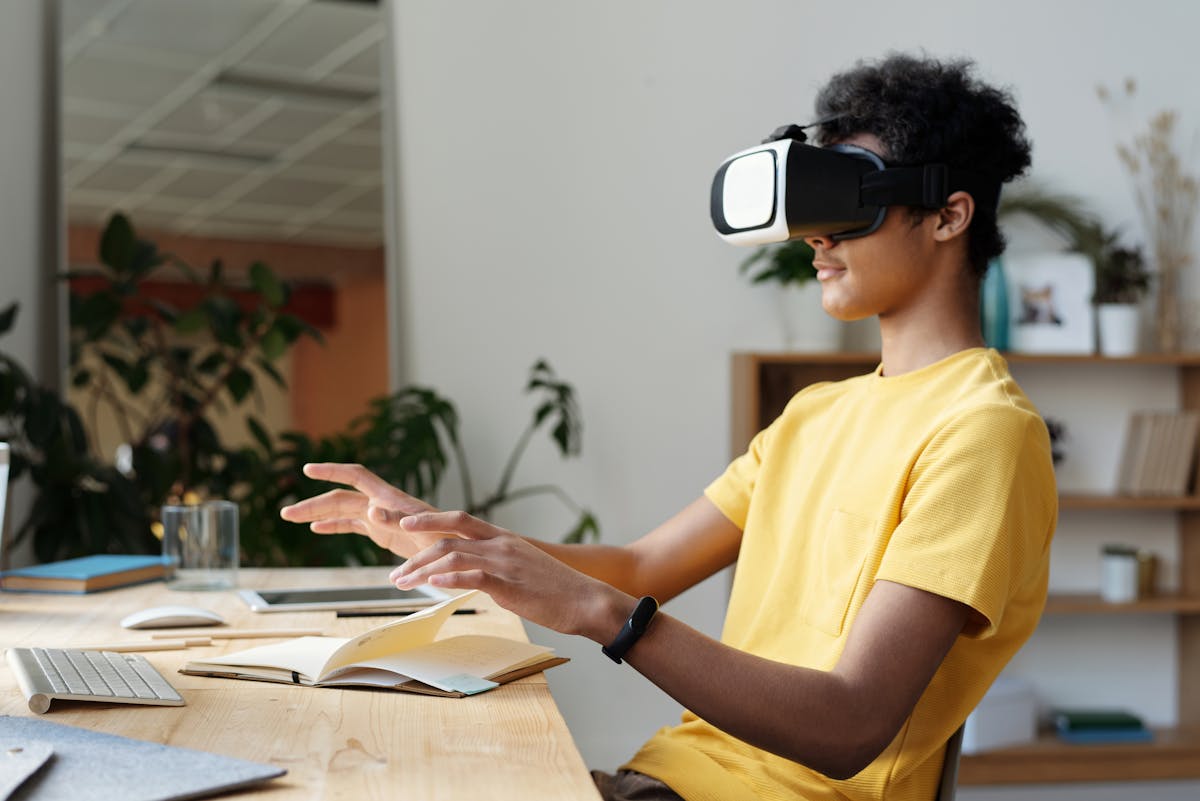Deep dive into Metaverse 101
Technology is best when it brings people together.
–Matt Mullenweg, Social Media Entrepreneur
Change is an expected factor in the dynamics of technological evolutions. Think of a virtual environment where you can live daily life from the comfort of your home. The digital revolution continues to bring immense prospects to innovative businesses. Technology has come a long way from using static to dynamic experiences for the global audience. Although the biggest shift in the chain of progression is carried by Metaverse. A Metaverse is a place where the real and digital space co-exist. In one line, Metaverse is a three-dimensional space based on AR (Augmented Reality) and VR (Virtual Reality). Consumers in Metaverse can come together in a digital universe and interact. It is like a virtual unified space consisting of digital items, NFTs, avatars, and a lot more.
What is Metaverse?
The concept of Metaverse was initially coined by Neal Stephenson in 1992 and is now used as a conventional technology in every possible industry. Even though Metaverse has stayed with us for more than a decade, it has become a buzz for digital enterprises since the pandemic. Post-pandemic, every industry has been trying to establish on-screen interaction which made businesses implement Metaverse use cases as means of new revenue sources in the workflow.
People can interact and explore a virtual world using the blockchain-based shared virtual simulated space known as Metaverse. It is not owned by any one vendor and is not device dependent. The decentralized metaverse is enabled by digital currencies and NFTs and powered by advanced technologies such as Artificial Intelligence, virtual reality, Blockchain, etc. The combination of these technologies allows users to digitally avatar or represent themselves and explore the world around them.
Metaverse use cases in Industry verticals
Today, we see the emergence of metaverse virtual worlds that can be accessed from any device, including smartphones, tablets, laptops, and PCs. We’ve also seen leading companies like Google and Microsoft take steps towards creating their meta-verses. Big brands started using VR app development services even more actively with an aim to offer their customers new levels of interaction and engagement.
The metaverse market is expected to grow significantly in the next few years. According to Gartner, 25% of people will spend at least one hour daily in the metaverse by 2026. And Bloomberg predicts that the metaverse market will be worth $783.3 billion by 2024. Metaverse applications are developed in every key area including education, gaming, tourism, healthcare, etc.

With the advancement of blockchain technology and the creation of more Metaverse projects, we are expecting to get closer to a fully-fledged, complete, and interconnected Metaverse. We are already seeing a number of real-life activities and events being duplicated and improved in the virtual world. It’s exciting to see what else the virtual space has in store for us in the future and what new Metaverse use cases will arise.
Add Comment
You must be logged in to post a comment.








